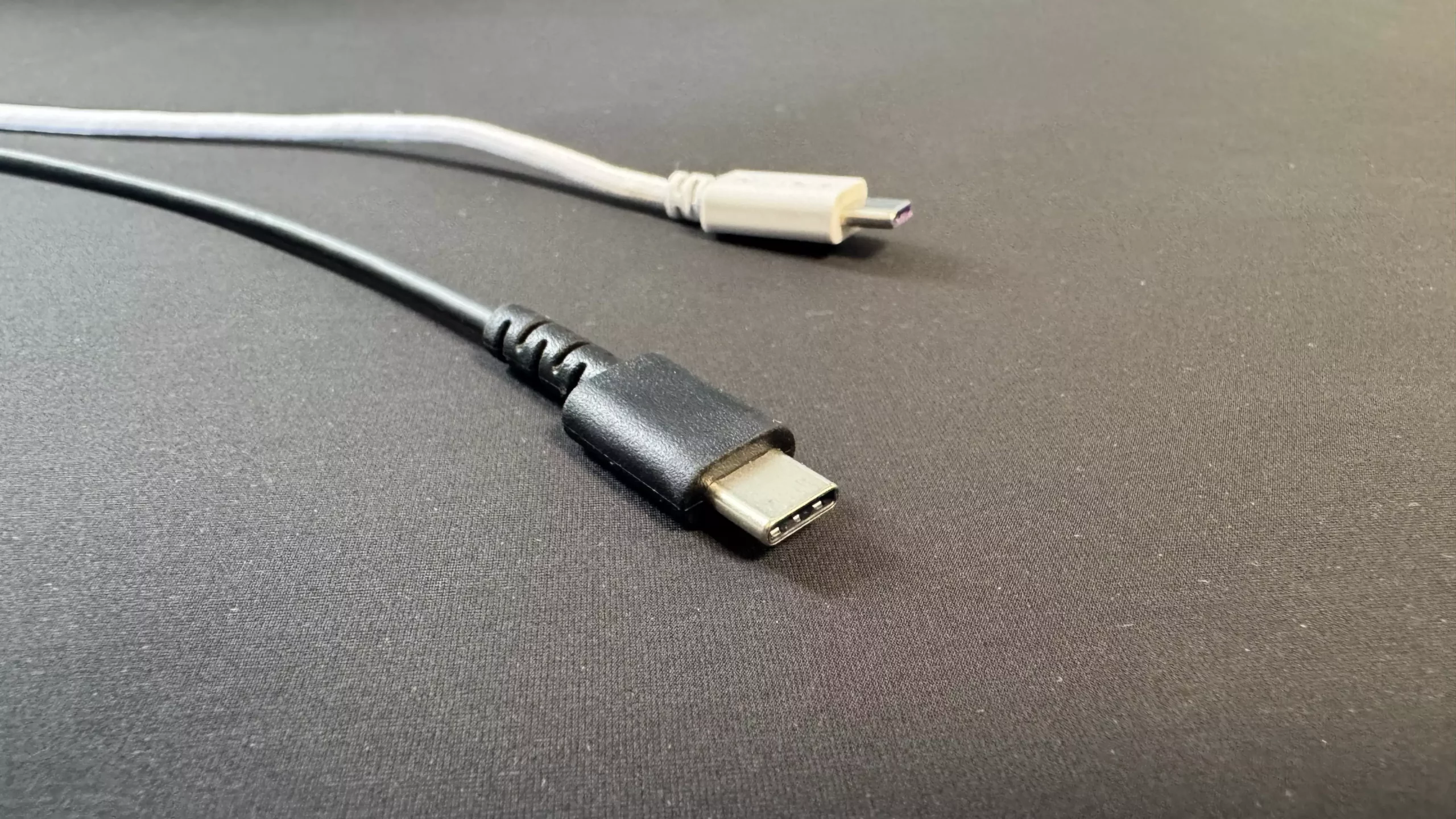USB connectivity has become a cornerstone of modern computing, yet it’s also a source of frequent frustration for users. The urgency of plugging in a USB Type-C cable to connect a second monitor, only to encounter the disappointment of an unresponsive port, is a reality many have faced. This commonality exposes a significant oversight in the seamless functionality expected from technology today. Enter Microsoft, which is taking proactive measures to eradicate this frustration.
Microsoft’s Commitment to Unified Standards
In an enlightening announcement on the Microsoft USB Blog, the company articulated its new goals to streamline USB Type-C functionality. Clearly, the tech giant aims to eliminate the discrepancies that have led to so much confusion and disappointment. With this move, Microsoft is not just aiming to reinforce its brand ethos but is also keenly aware of the necessity for superior user experience as it adapts to newer technologies.
The foundation of Microsoft’s initiative rests on ensuring that suppliers meet specific criteria before they can stamp their products with the Windows logo. This is insightful on their part; by enforcing that USB data, charging, and display capabilities must function reliably across all USB Type-C ports, Microsoft provides a new layer of trust for consumers. The requirement that 40 Gbps ports must be fully compatible with USB4 and Thunderbolt 3 peripherals enhances this confidence, making expectations clear for users and manufacturers alike.
The Road to WHCP Certification
For hardware manufacturers, the introduction of the Windows Hardware Compatibility Program (WHCP) means a more rigorous scrutiny process. To launch with the latest Windows 11 version—namely version 24H2—companies need to adhere strictly to these benchmarks. It’s refreshing to see a tech titan like Microsoft acknowledge the pain points of users and take authoritative action that addresses these issues head-on.
Requiring USB-IF-certified silicon in all WHCP-compliant hardware ensures that the integrity of USB operations will be upheld. The emphasis on efficient and consistent charging across all Type-C ports suggests an awareness that customers are not just looking for functionality, but also reliability. With this newfound standardization, Microsoft seems poised to instill a culture of accountability within the tech industry, one where understanding the capabilities of USB technology no longer feels like piecing together a complex puzzle.
Focus on Robust Performance Metrics
To elevate performance, Microsoft insists that all Type-C ports must support DisplayPort Alt-Mode for external displays, validated through Microsoft’s built-in drivers. Such measures are essential as modern users expect to expand their workspaces utilizing multiple displays. Increasing data transfer speeds and power delivery options signify Microsoft’s commitment to ensuring that newer technological needs are met without the complexities inherent in the legacy systems.
The robust testing framework enabled by Microsoft’s Hardware Lab Kit (HLK) ensures that manufacturers are held accountable for their products. The fact that certification may be halted due to failures during testing indicates a chord strikingly reminiscent of quality assurance standards that rigorous industries depend upon. By mandating this stringent testing, Microsoft fortifies its determination to reshape the landscape of USB technology.
Consumer Trust in Transitioning Times
The timing of these efforts reflects Microsoft’s desire to mend its public image while also tackling a legitimate issue. With recent layoffs and ongoing protests at their events, the company has faced scrutiny that threatens its standing among consumers. By introducing clarity and shifting the paradigm around USB technology, Microsoft not only focuses on product performance but also on enhancing consumer trust, something that has been increasingly vital in a time characterized by widespread discontent and distrust in big tech.
Ambitiously sculpting this new narrative around USB connectivity, Microsoft is not merely patching holes; rather, they are reshaping the foundation upon which user experience is built. The road ahead for USB technology under Microsoft’s influence is paved with clearer expectations, better functionality, and a united approach to technological compatibility, striving towards an era where confusion and user frustration become relics of the past.

